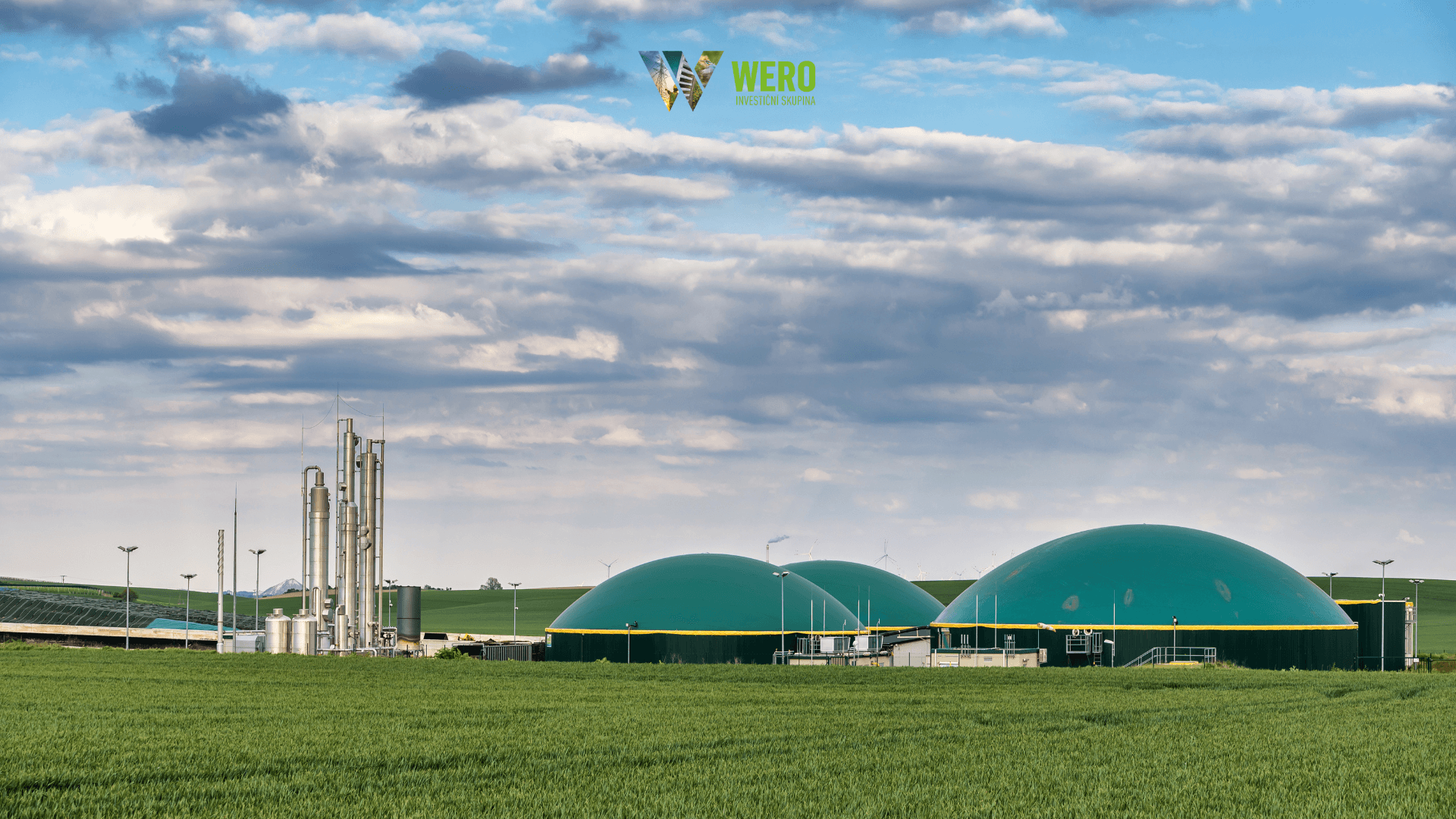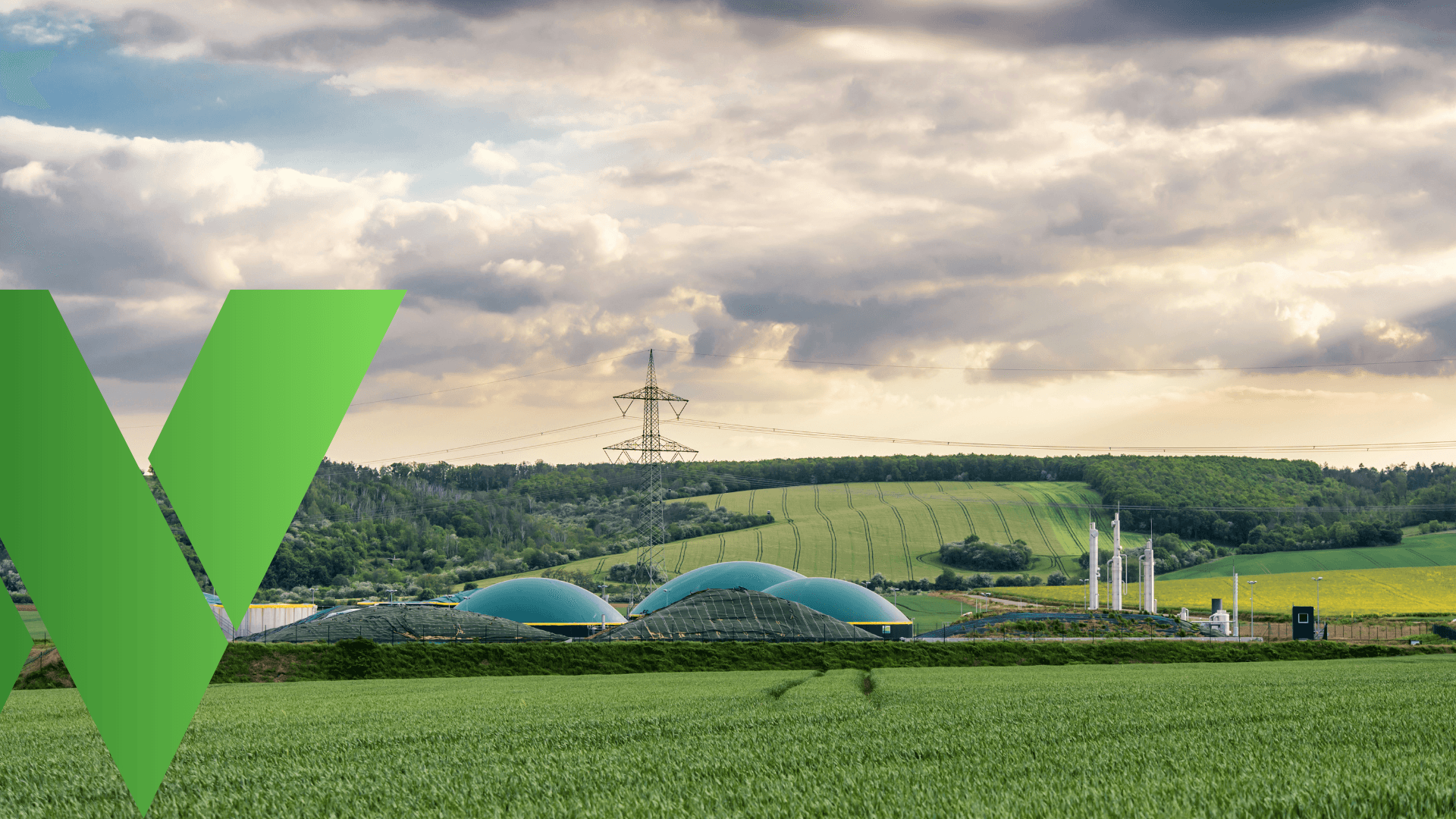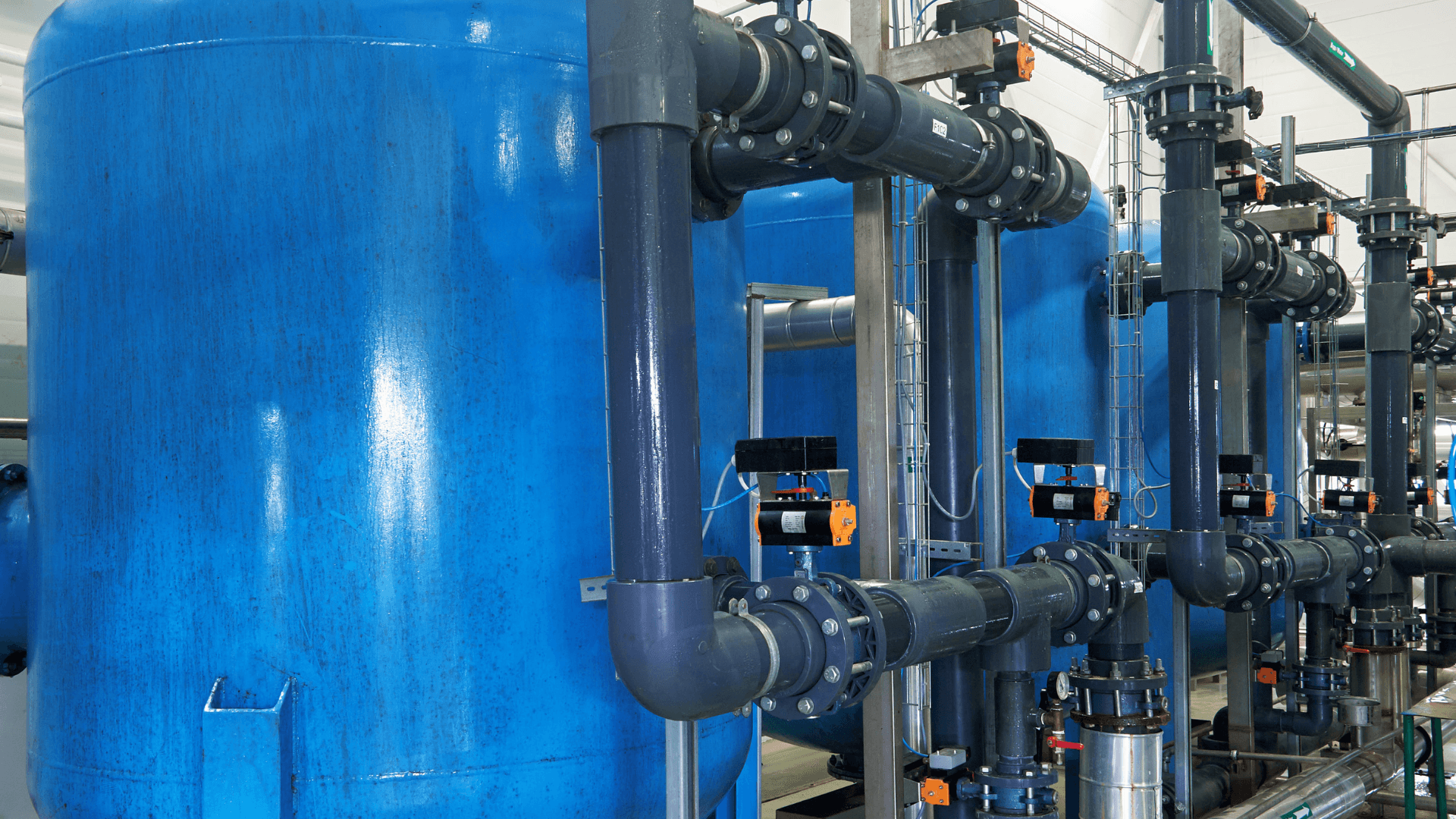What is the potential for biomethane production in Europe by 2040?
30. 5. 2024



Brussels, 16/04/24 – A new report from Guidehouse reveals that Europe (EU-27 + UK, Norway and Switzerland) could produce up to 111 billion m³ of biomethane by 2040. This amount would represent more than 30% of EU gas consumption in 2022. Biomethane is growing in importance as a renewable and domestic source of gas, and the sector is rapidly mobilizing to accelerate the decarbonisation of many sectors of the European economy.
Biogas will play a key role in the European Union's ambition to reach zero net emissions by 2050. As part of the REPowerEU plan, the European Commission has set a target of producing 35 billion m³ of biomethane per year in the EU by 2030, which represents a tenfold increase compared to current production.
Momentum is currently building towards the REPowerEU plan target, and the industry is rapidly mobilizing to exponentially grow biomethane production. Today, Europe is producing 4 billion m³ of biomethane (according to the latest consolidated EBA data of 2022) thanks to newly built facilities and the modernization of existing biogas units. The production of raw biogas, which is primarily used in cogeneration units, currently reaches 17 billion m³.
The EU is now targeting 2040 as a key milestone on the road to climate neutrality. The European Commission recommends achieving a target of 90% savings in greenhouse gas emissions compared to 1990 levels by 2040. This will require further decarbonisation measures across all sectors of the economy. The accompanying impact assessment shows that even in the accelerated electrification scenario, there will still be significant demand for gas, which can be gradually replaced by renewable gases such as biomethane.
The biomethane potential for Europe by 2040 estimated in the Guidehouse report includes 75 billion m³ from anaerobic digestion (AD) and 37 billion m³ from thermal gasification. The largest producers in 2040 are expected to be Germany, France, Spain, Italy, Poland and Great Britain.
The report also provides an update of the 2022 "Gas for the Climate" study, using the same assumptions and methodology, but incorporating the latest data and insights to review potential estimates for 2030 and 2050. The latest analysis shows that in 2030 Europe could produce up to 44 billion m³ of biomethane and in 2050 up to 165 billion m³.
In addition to assessing the potential of biomethane, the study provides additional insights into new feedstocks and technologies that can increase biomethane production potential. Exploiting this potential will require a favorable and stable policy environment that provides certainty to all stakeholders throughout the biomethane value chain. If the right conditions are created, considerable potential for sustainable biomethane production can be unleashed.
Biogas will play a key role in the European Union's ambition to reach zero net emissions by 2050. As part of the REPowerEU plan, the European Commission has set a target of producing 35 billion m³ of biomethane per year in the EU by 2030, which represents a tenfold increase compared to current production.
Momentum is currently building towards the REPowerEU plan target, and the industry is rapidly mobilizing to exponentially grow biomethane production. Today, Europe is producing 4 billion m³ of biomethane (according to the latest consolidated EBA data of 2022) thanks to newly built facilities and the modernization of existing biogas units. The production of raw biogas, which is primarily used in cogeneration units, currently reaches 17 billion m³.
The EU is now targeting 2040 as a key milestone on the road to climate neutrality. The European Commission recommends achieving a target of 90% savings in greenhouse gas emissions compared to 1990 levels by 2040. This will require further decarbonisation measures across all sectors of the economy. The accompanying impact assessment shows that even in the accelerated electrification scenario, there will still be significant demand for gas, which can be gradually replaced by renewable gases such as biomethane.
The biomethane potential for Europe by 2040 estimated in the Guidehouse report includes 75 billion m³ from anaerobic digestion (AD) and 37 billion m³ from thermal gasification. The largest producers in 2040 are expected to be Germany, France, Spain, Italy, Poland and Great Britain.
The report also provides an update of the 2022 "Gas for the Climate" study, using the same assumptions and methodology, but incorporating the latest data and insights to review potential estimates for 2030 and 2050. The latest analysis shows that in 2030 Europe could produce up to 44 billion m³ of biomethane and in 2050 up to 165 billion m³.
In addition to assessing the potential of biomethane, the study provides additional insights into new feedstocks and technologies that can increase biomethane production potential. Exploiting this potential will require a favorable and stable policy environment that provides certainty to all stakeholders throughout the biomethane value chain. If the right conditions are created, considerable potential for sustainable biomethane production can be unleashed.

